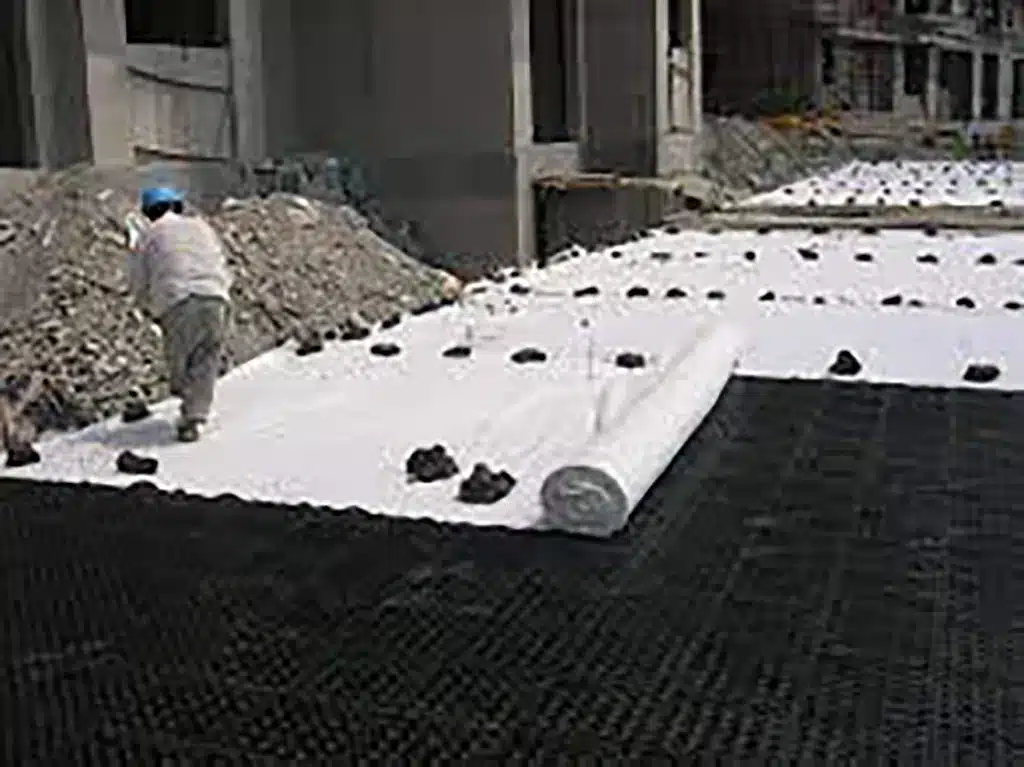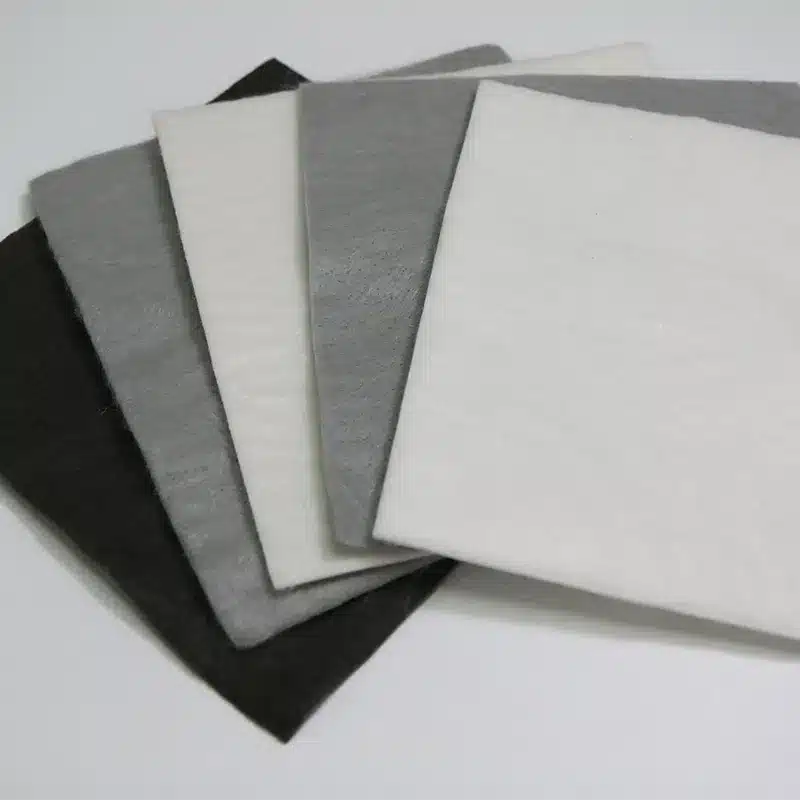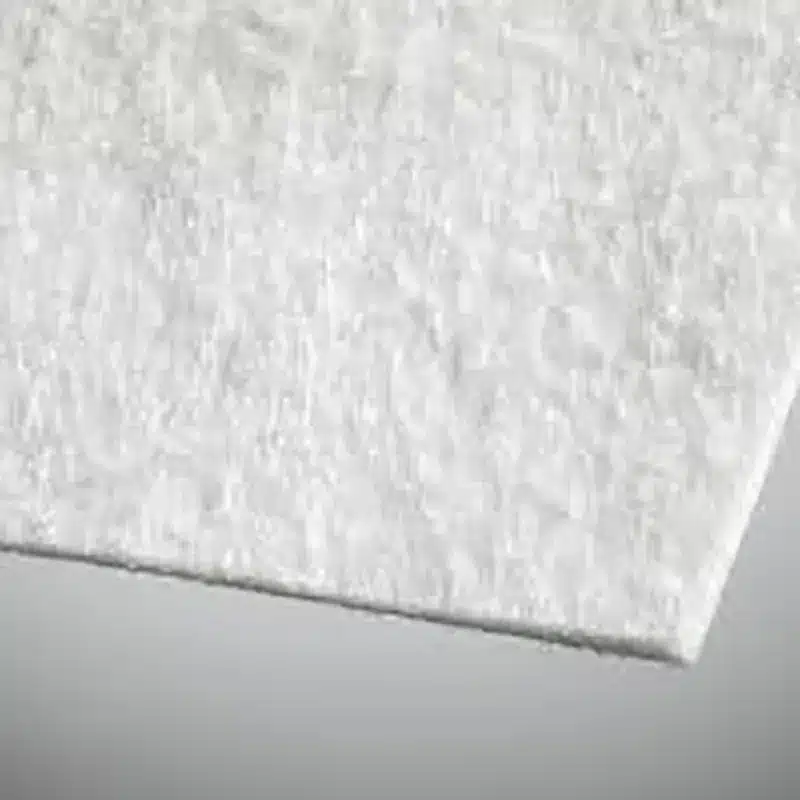+86-159 9860 6917
info@geofantex.com
geofantex@gmail.com
+86-400-8266163-44899
Landscape fabric is a popular tool for gardeners and landscapers, providing an effective barrier against weeds while allowing water and nutrients to reach the soil. However, proper installation is crucial to ensure that the fabric stays in place and performs its intended function. Use garden stakes, also known as garden staples or stakes, to stake and secure the landscape fabric into the ground at every 1-3 inches. This article explores the best methods for securing landscape fabric, answering common questions about holding it in place, using staples, dealing with weeds, and whether nails can be used in the installation process.
How Do You Hold Landscape Fabric in Place?
To hold landscape fabric in place, it’s important to anchor it securely at regular intervals. Begin by laying the fabric flat over the prepared soil, making sure it extends slightly beyond the area you want to cover. Use landscape staples or pins, which are typically U-shaped metal stakes, to anchor the fabric. Place the staples every 8-12 inches along the edges and every 2-3 feet within the fabric’s interior to prevent shifting. Ensuring the fabric is taut and well-secured will help maintain its position over time, even in windy conditions.

How Do You Staple Landscape Fabric?
Stapling landscape fabric is a straightforward process. Start by placing the fabric over the area to be covered, making sure it is smooth and free of wrinkles. When working with multiple pieces of fabric, overlap the adjoining pieces of fabric, then hammer the staples through both sections into the ground. Use landscape staples, which are specifically designed for this purpose, to secure the fabric. Press the staples through the fabric and into the soil at an angle to maximize holding strength. Place staples around the perimeter of the fabric and at any seams where pieces overlap. Stapling at regular intervals, such as every 8-12 inches along the edges, will ensure the fabric remains firmly in place.
Can You Put Landscape Fabric Directly Over Weeds?
While it might be tempting to lay landscape fabric directly over existing weeds, it is not recommended. Yes, you can use landscape fabric to suppress weeds, but it is most effective when applied to weed-free soil. If weeds are left underneath, they can still grow and potentially puncture the fabric, reducing its effectiveness. Before installing the fabric, it’s best to remove any existing weeds and apply a pre-emergent herbicide if necessary. This preparation step will help ensure that the fabric performs its intended function of preventing new weeds from emerging.
Can You Use Nails for Landscape Fabric?
Nails are not typically recommended for securing landscape fabric. While they can be used in a pinch, they may not provide the same level of security as landscape staples or pins, especially in loose or sandy soils. Drive the staples (or nails) into the ground with a mallet or hammer every 8 to 12 inches or so along the edges of the fabric. However, nails are more likely to shift or come loose over time, leading to fabric movement and reduced effectiveness. For best results, use landscape staples or specialized pins designed to hold the fabric securely in place.
Securing landscape fabric properly is key to ensuring its long-term effectiveness in weed prevention and soil protection. By using landscape staples at regular intervals, ensuring the fabric is laid on weed-free soil, and avoiding the use of nails, you can create a durable and reliable barrier that enhances the health and appearance of your garden or landscape. Proper installation not only keeps the fabric in place but also maximizes its benefits, making it an essential step in any landscaping project.



Get Free Sample
We’ll respond as soon as possible(within 12 hours)






















